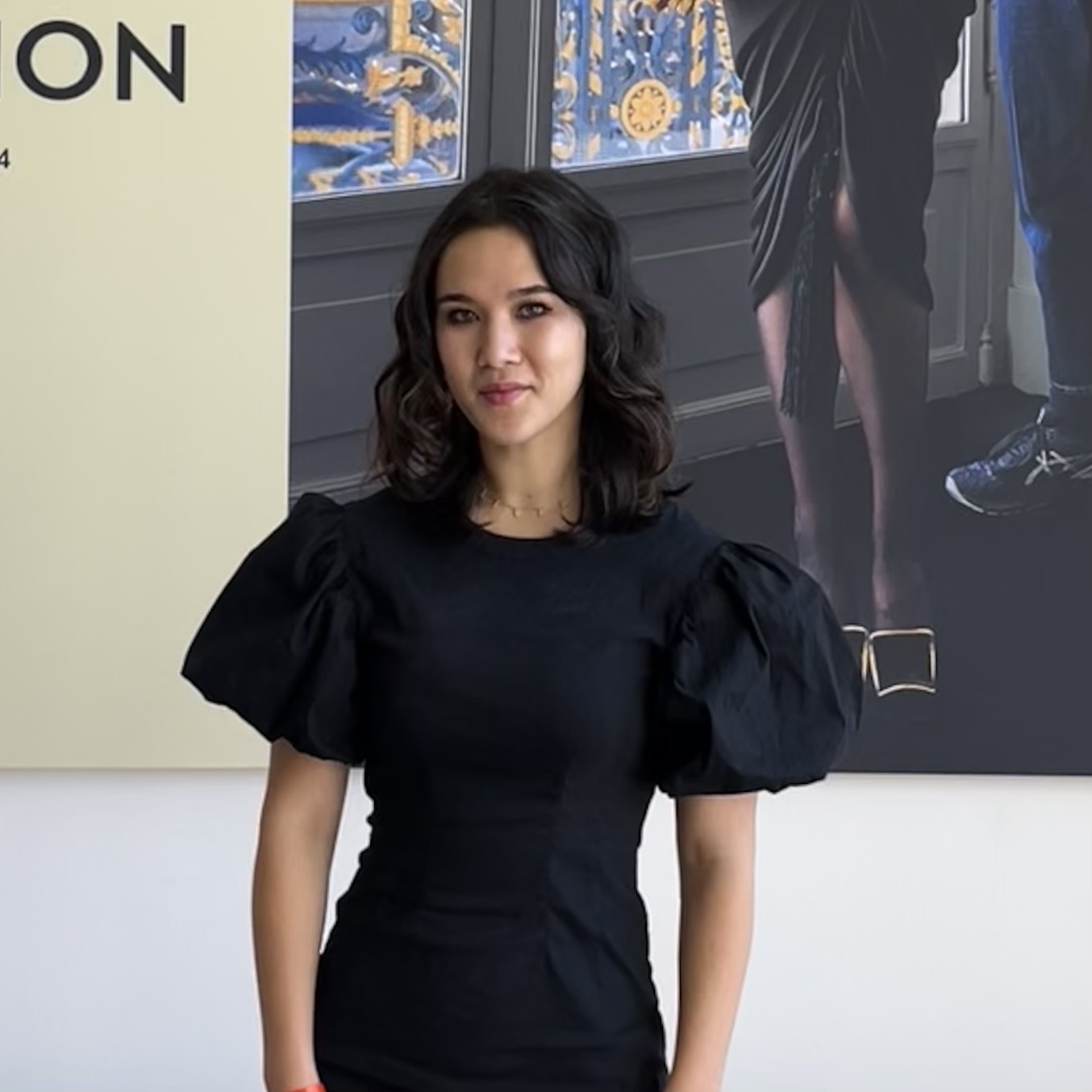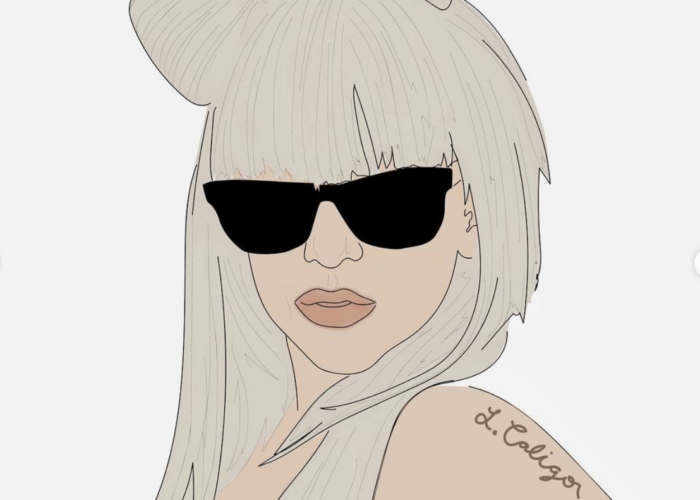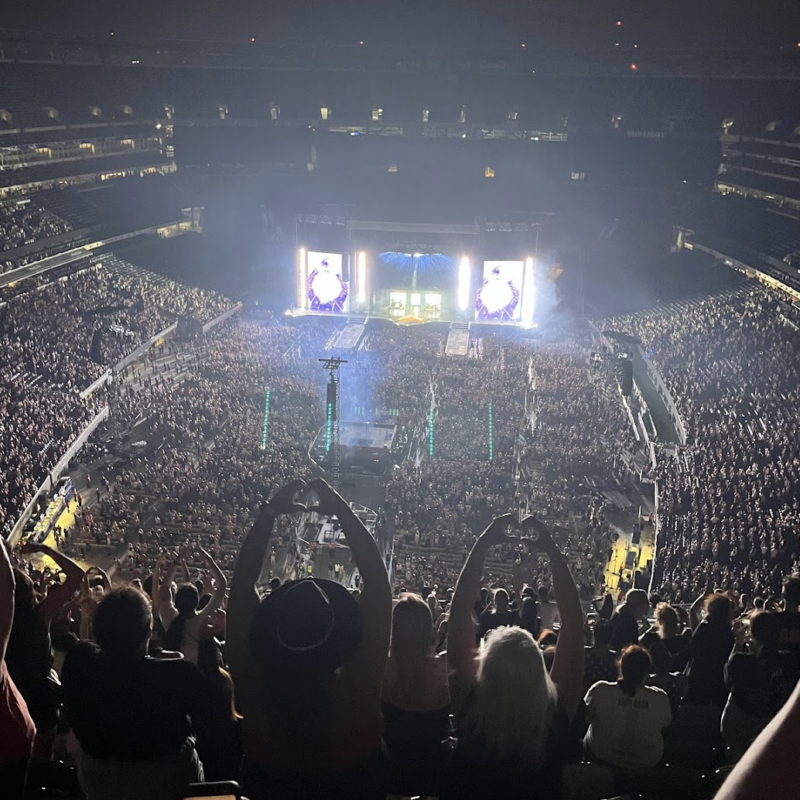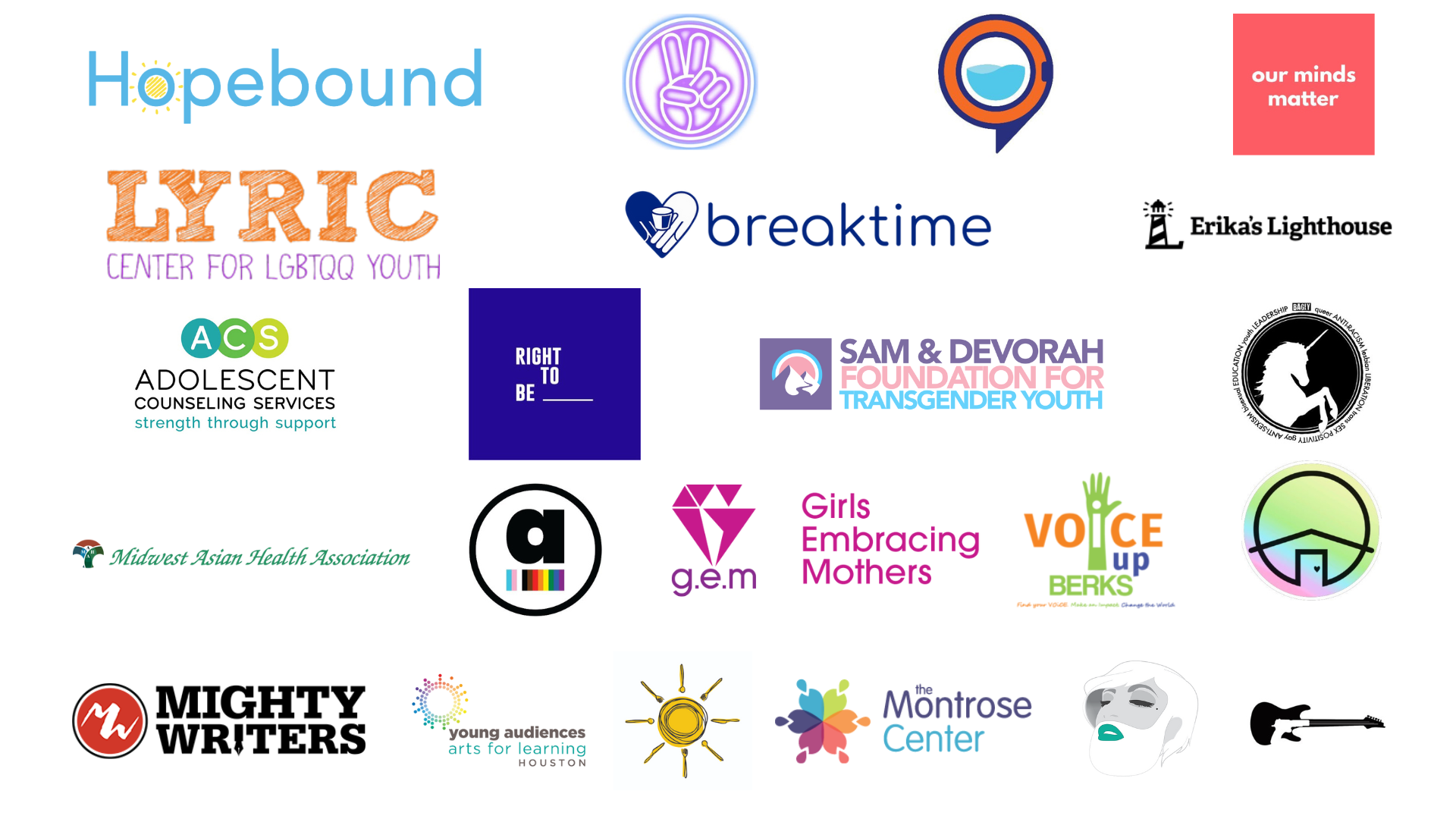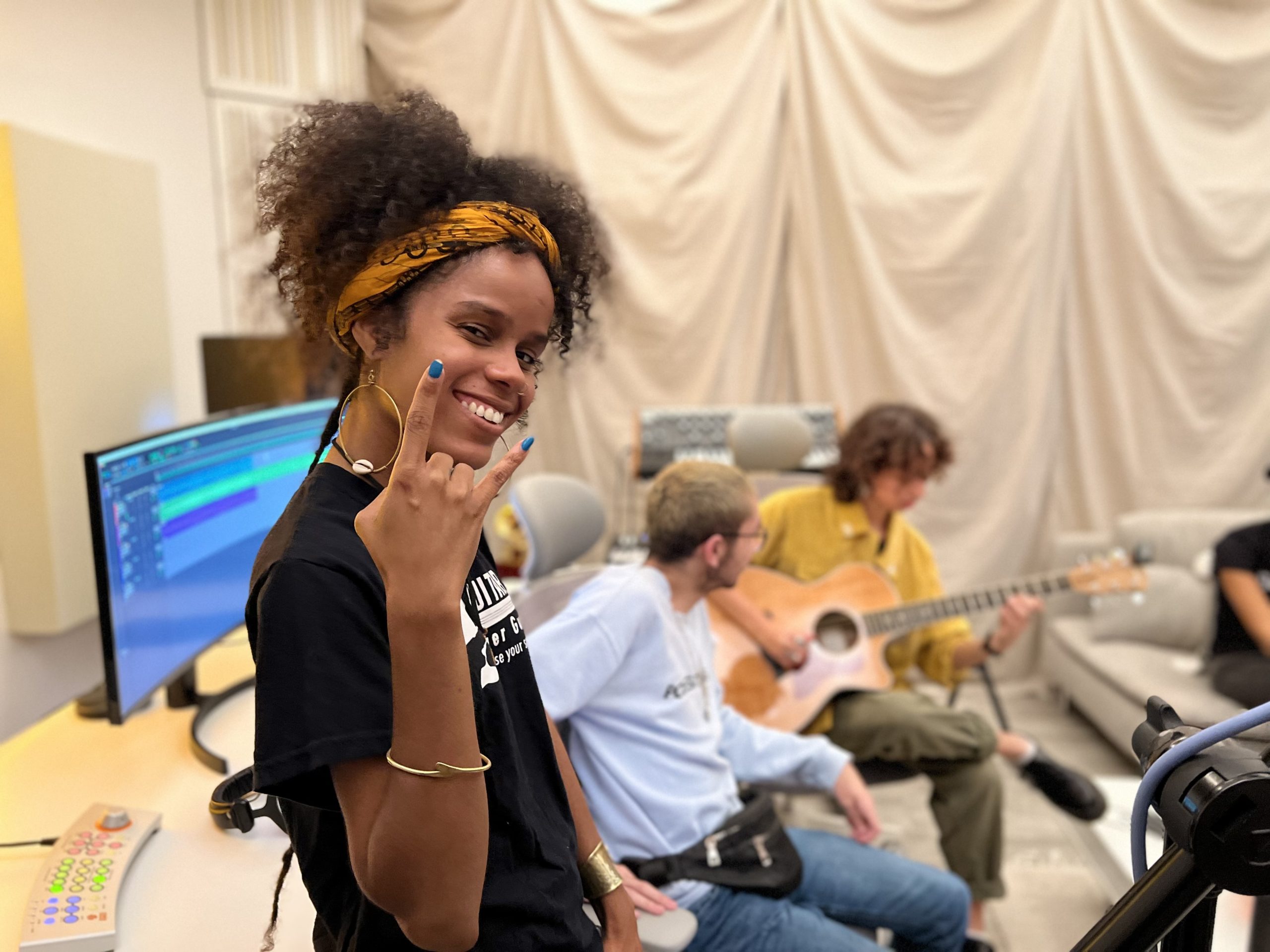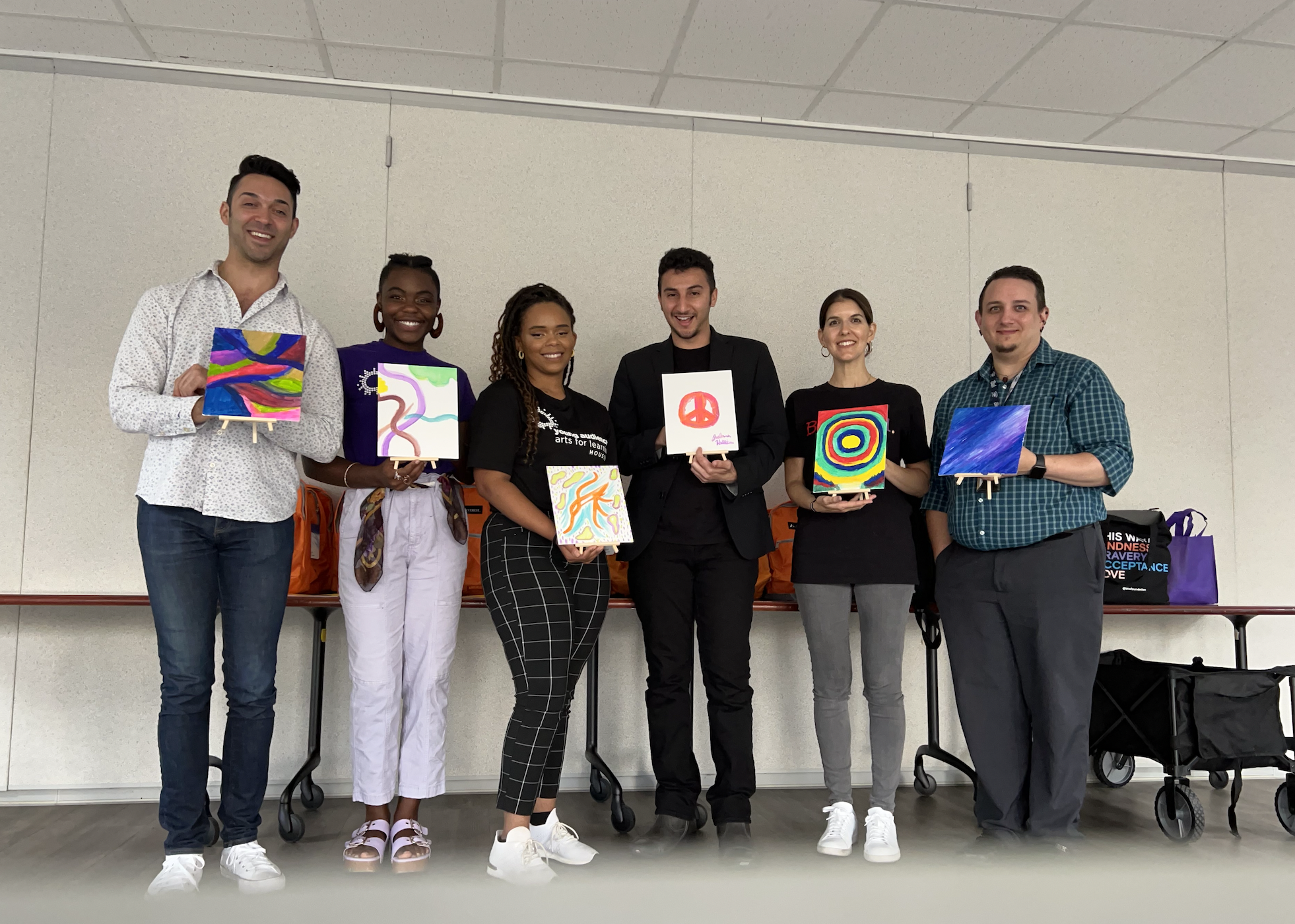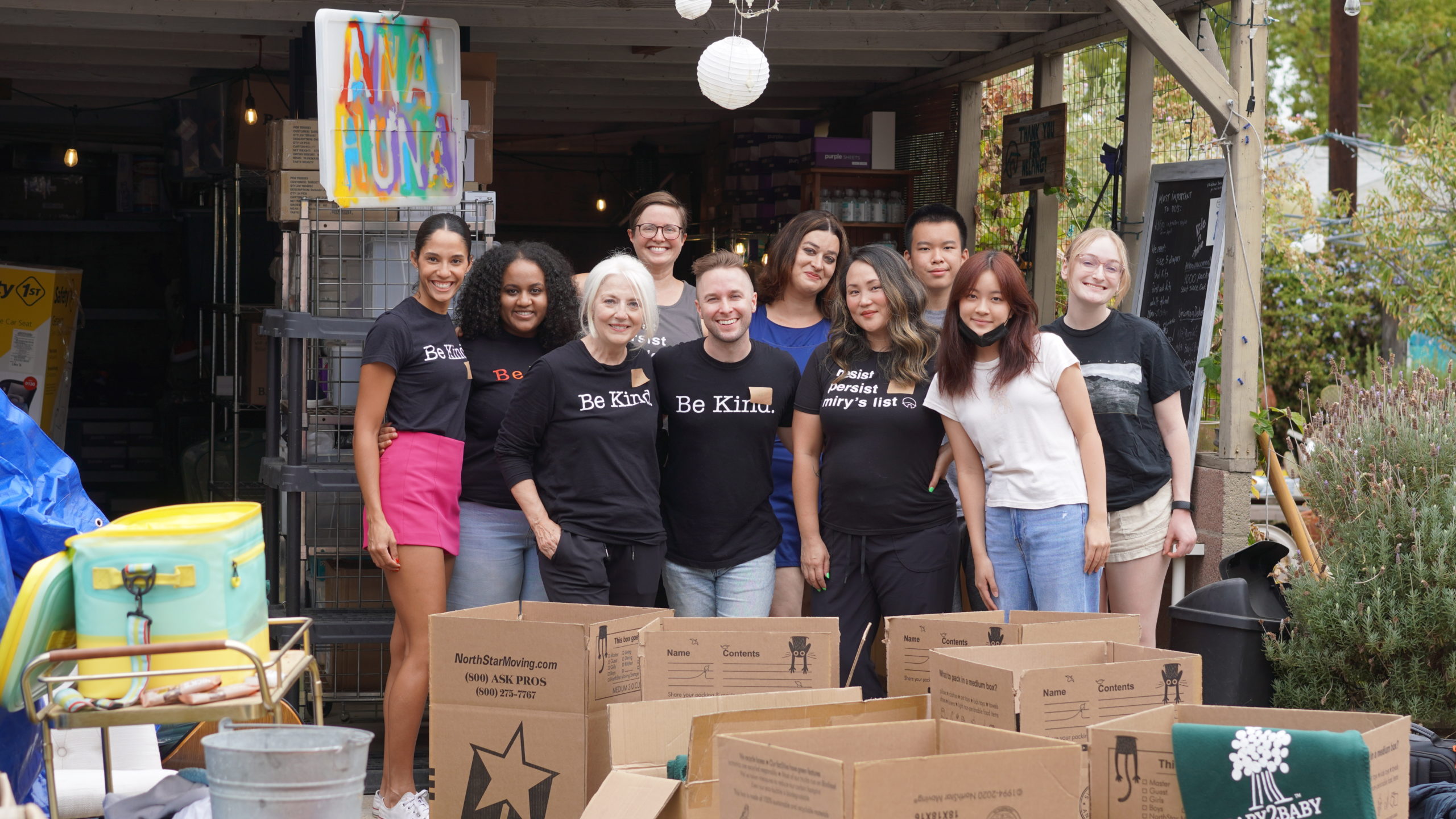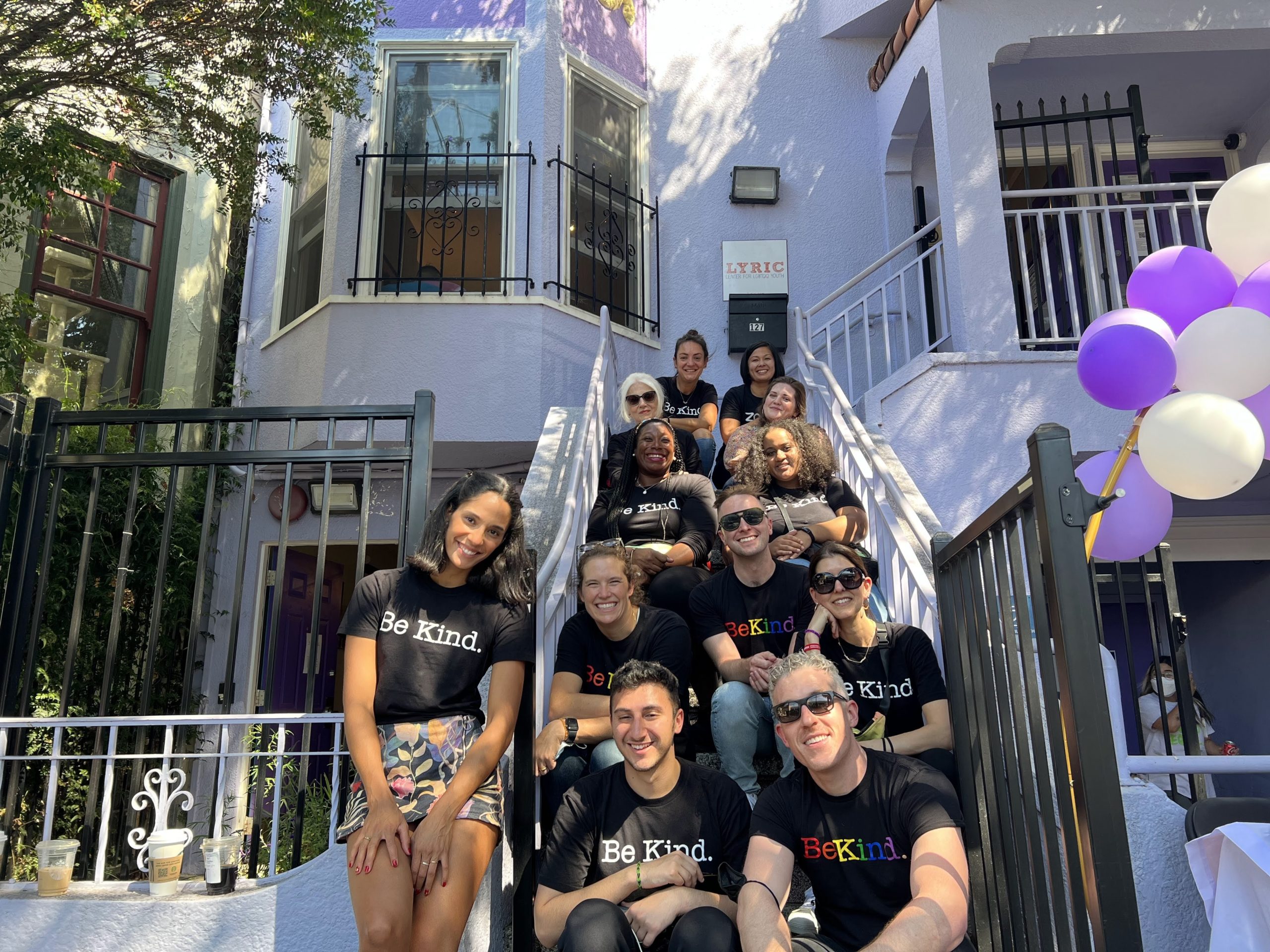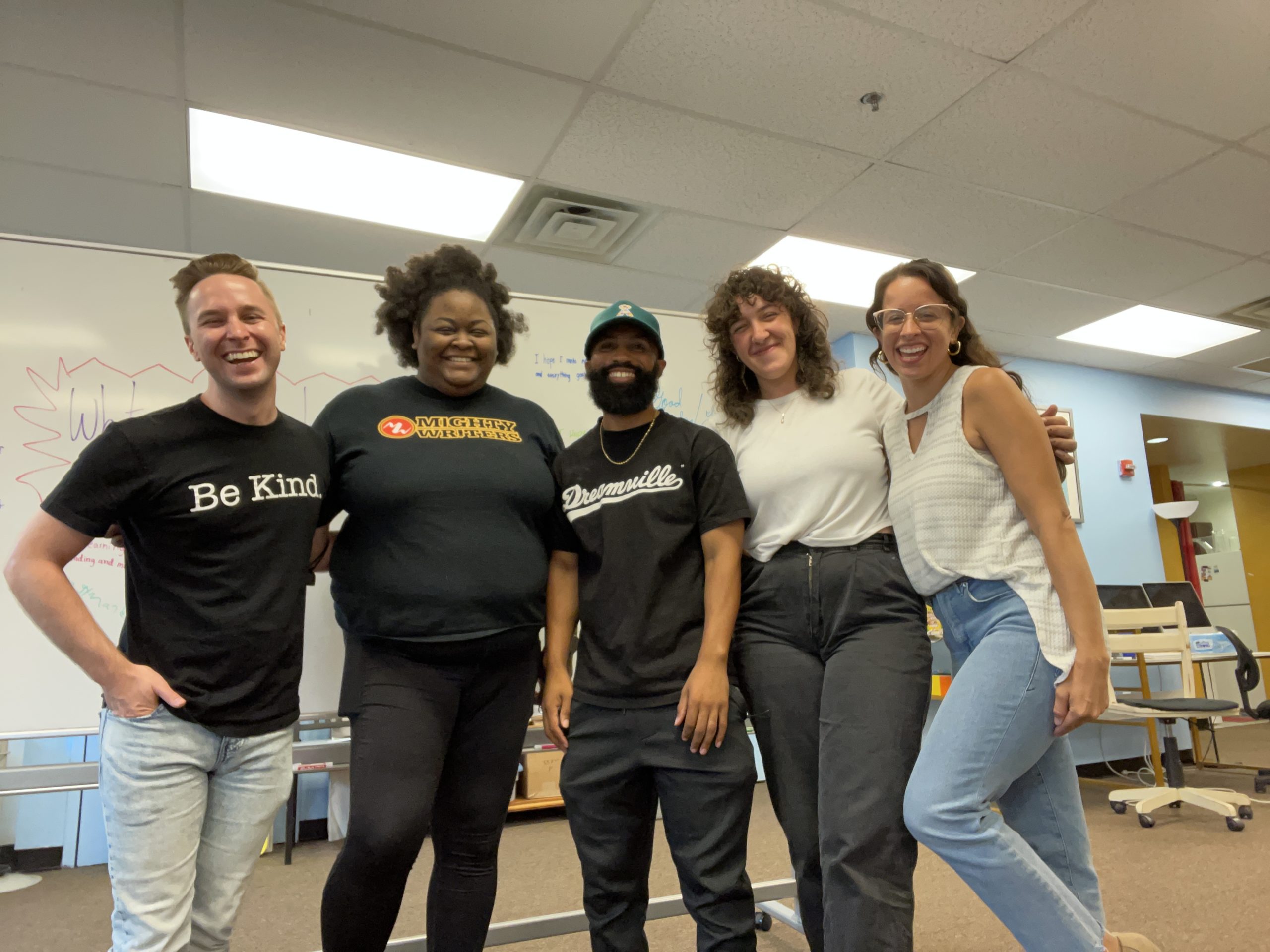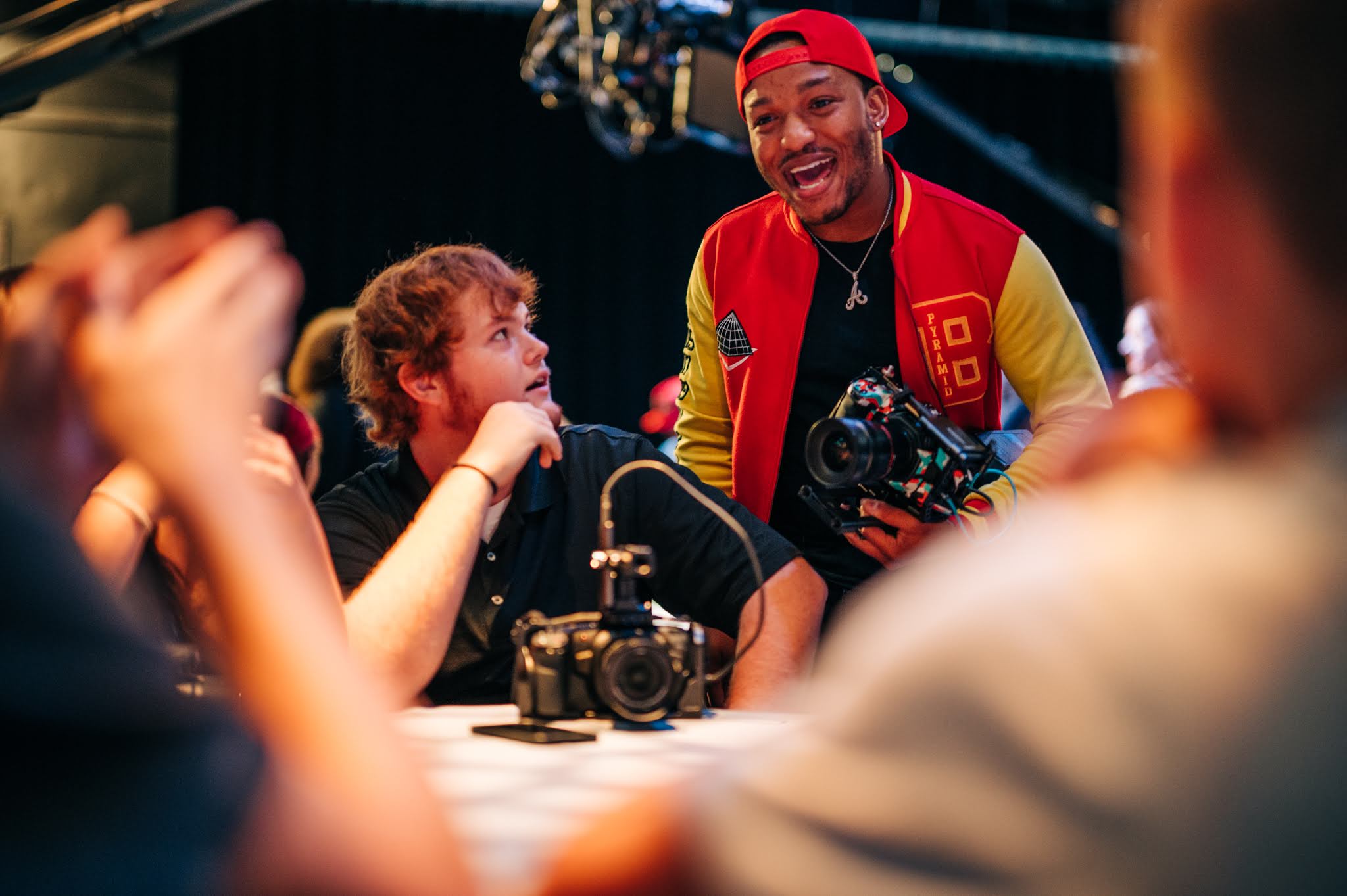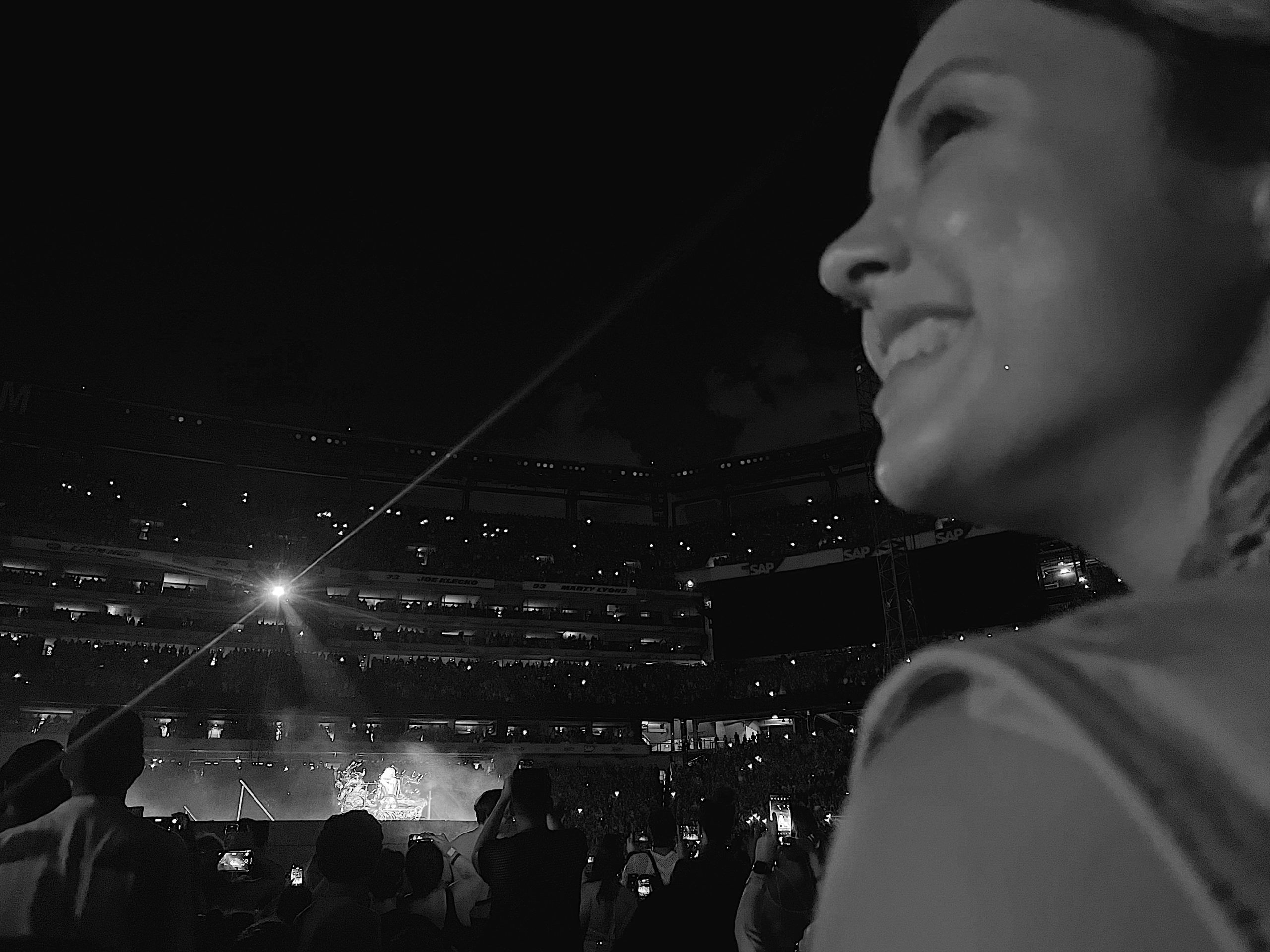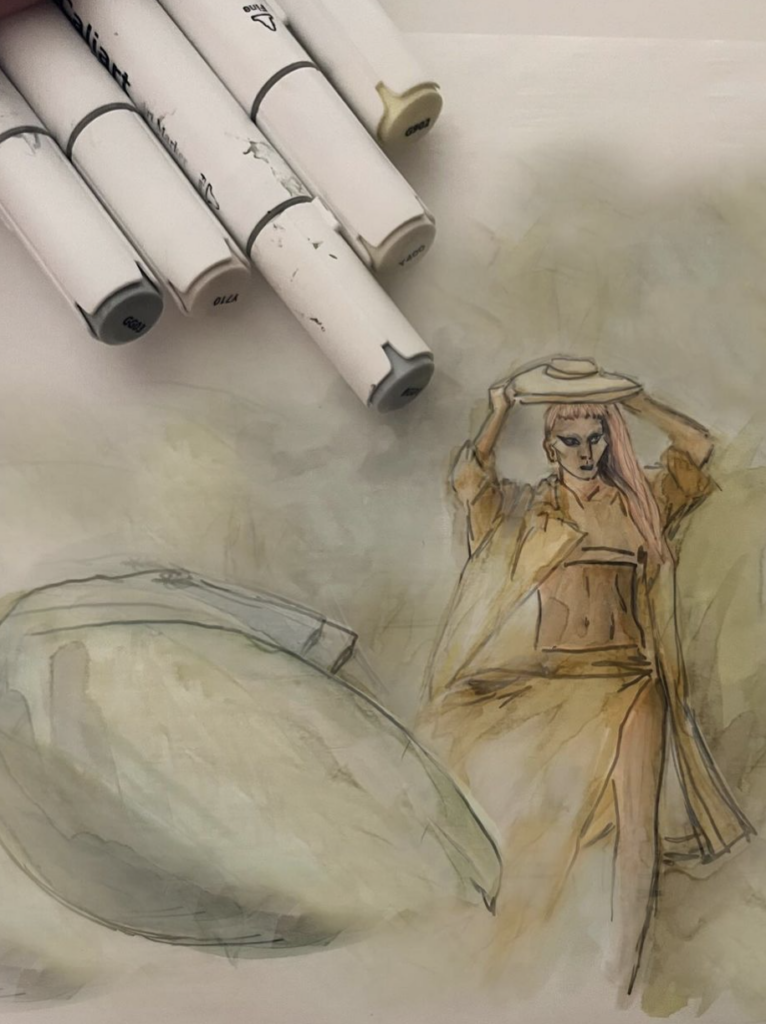
Since her genesis – perhaps best represented by her theatrical emergence from a life-sized egg while adorned in extraterrestrial prosthetics–, Lady Gaga’s music has been a celebration of autonomy, equity, and survival. In the first decade of the 2000s – which wasn’t exactly pop culture’s banner time for social justice – her charged melodies, provocative performances, and outlandish fashion choices established that she would disobey the rules of a male-dominated, heteronormative industry framework – while leaving a permanent footprint on our collective cultural consciousness. Her debut albums The Fame (2008) and The Fame Monster (2009) amplified her fanatical devotion to social equity, sexual freedom, and self-love, and of course, her magnum opus Born This Way (2011) unveiled her forthright social engagement, its main single “Born This Way” heralded as an eternal anthem for the LGBTQ+ community to this day.
In her fifteen-year-long career, she’s dipped her toes into numerous genres, including jazz, opera, and country; collaborations with creatives, ranging from fellow musicians Beyoncé, Ariana Grande, Elton John, Tony Bennet, and most recently, The Rolling Stones, to visual artists Jeff Koons and Nick Knight; business ventures; mediums; and philanthropic endeavors, headlining some of the most prestigious events in entertainment and birthing a whole language of neologisms akin only to Little Monsters along the way.
Her emotionally-charged portfolio of creative masterpieces has often dove into the personal: for instance, “Dope” (Artpop) reflects upon her cannabis usage for pain relief, numbers like “Grigio Girls” (Joanne), “Edge of Glory” (Born This Way), and “Speechless” (The Fame Monster) commemorate her best friend, her grandfather, and her dad, respectively. But no album has painted as complex of an autobiographical statement as her 2020 album Chromatica.
With such outlandish artists like herself, it’s often hard for the public eye to ascertain underlying battles. But beneath the debilitatingly-creative footwear, wacky sprawl of theatrics, and lyrical wizardry associated with Lady Gaga, the artist has and continues to battle chronic physical and mental health issues, which, when converged, are an especially deadly force. Chromatica is a three-chapter portfolio of disco didacticism, its lyrical foci training an intimate look at her ongoing strife and journey to healing. In her 2022 Chromatica Ball tour, she marries fashion, performance, and music to unite those fighting for their health, ignite conversation about the life-threatening but highly underrepresented battle, and celebrate perseverance.
“Alice,” one of the opening numbers in the album, introduces Gaga’s long standing battle with depression. She sings with desperation, “Oh my mother/ I’m falling down, down, so down, down.” Strapped to a brutalist wooden board on the stage against a dark backdrop, she dons a ragged flesh-like costume, paired with an oversized metal choker and combat boots and gloves. In this number, she evokes the debilitating mind-body dissociation that stems from PTSD. She suggests the way in which depression and physical illnesses inform one another, singing “Could you pull me out of this alive?/ Where’s my body? I’m stuck in my mind.” She struggles to break free from the straps, singing “I’m sick and tired of waking up/ Screaming at the top of my lungs/ Think I might have just left myself behind,” She screams “set me free” as she struggles to escape the straps. Ultimately, she ends with “Free my mind/… My name isn’t Alice/ But I’ll keep looking for Wonderland/ Set me free.”
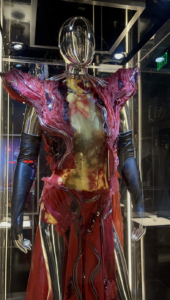
Following this number, “Replay” dives deeper into the interplay between her physical and mental health, exploring how sexual trauma has exacerbated their manifestations. As she sings and dances with anger in a bloody latex uniform, the choregraphy and lyrics evoke the paradoxical battle as a sexual assault survivor. As she shared with radio DJ Howard Stern In 2014, ““I didn’t tell anyone [I was raped] for I think seven years. I didn’t know how to accept it. I didn’t know how to not blame myself or think it was my fault. It changed who I was completely. It changed my body, it changed thoughts.”” Dressed in a bloody latex uniform, her manic choreography and lyrics evoke the paradoxical psychological impact of sexual assault. She toggles between moments of clarity and self-blame through lyrics like “I won’t blame myself cause we both know you were the one” followed by “Who is it that pulled the trigger/ was it you or I?” and “Am I still alive? Where Am I? I cry,” conveying the memory loss, disorientation, and self questioning resonant with many sexual assault survivors, which she speaks about in more depth in her 2021 segment on Oprah’s mental health series The Me You Can’t See. On this segment, she also spoke about the “intense pain throughout [her] entire body that mimicked the illness I felt after I was raped,” a delayed trauma response she evokes through lyrics like “I’m completely numb, why are you acting dumb?”
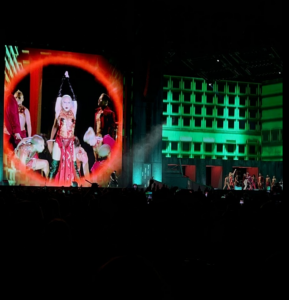
She articulates the recurring and profoundly damaging psychological impact of sexual trauma, singing “Psychologically it’s something that I can’t explain/ scratch my nails into the dirt to pull me out okay/ does it matter, does it matter? The damage is done… The scars on my mind are on replay.”

At the pinnacle of the concert, with red glaring lights flashing “911” behind her, she emerges into a military-inspired leather battle costume and screams “This is a f*cking emergency!” as she launches into “911.” “911” is the denouement of the album, as it conveys the severity and urgency of the convergence of mental and physical illnesses.
The chorus is emphatic, harshly repeating “my biggest enemy is me, pop a 911” over and over in a disconcerting fashion, emulating her recurring chronic pains that causes “turning up emotional faders/ keep repeating self-hating phrases.” In the “911” short film music video, a surrealist short film that reinterprets the 1969 Armenian film “The Color of Pomegranates,” the viewer is immersed into a wildly disorienting narrative with an indiscernible premise, which only at the end does the viewer realize is a psychotic episode Gaga experiences in a car crash on her way to the film festival itself. The film blurs the line between psychosis and reality, materializing the mind-body dissociation and loss of mental control that come with suffering from mental and physical health issues. Through bombastic visual elements and disco didacticism, “911” truly evokes the urgency and inescapability of suffering from mental and physical illness in a way inarticulable through mere words.
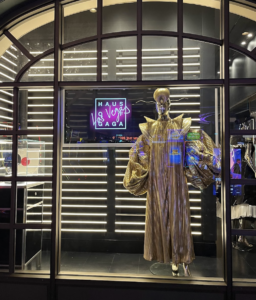
In the following segment of the Chromatica Ball performance, she conveys her battle towards healing in numbers like “Free Woman,” where she sings “I’m not nothing without a steady hand/ I’m not nothing unless I know I can,” “Babylon,” which is dedicated to “battling for your life,” and ultimately, her iconic number “Born This Way.” She re-emerges on stage in a golden pantsuit, dancing with levity, and even venturing into the aisles and joining the crowd.
Her tone changes as she transitions into this phase of battling and emerging from the suffering, before she enters the world of Chromatica, an imaginary world where she seeks and finds healing through art. This segment contains some of the most evocative, acoustic numbers in the show, as she enters tear jerking piano renditions of “Shallow,” “Always Remember Us This Way,” “Edge of Glory,” and “Fun Tonight.” At one of the Chromatica shows I went to, in Hershey Pennsylvania, she stressed the urgency of reproductive freedom in relation to her own experience as a rape survivor, screaming, “I know you came to a concert to have fun, but some people will die giving childbirth, and some people are raped, and they can’t have those kids.” In tears, she then dedicated Angel Down, a heart-wrenching number from Joanne that laments the socio-political climate of our country, to “every person who has to worry about their body when they’re pregnant.”
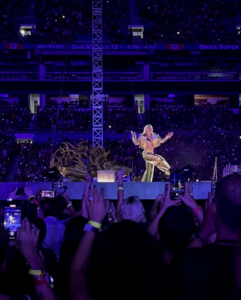
As she ventured into her final chapter, a celebratory dance party with disco pop numbers “Stupid Love” and “Rain on Me,” she celebrates dancing through the rain, singing “I’d rather be dry, but at least I’m alive,” also suggesting the substances that helped her to get to where she is now. What’s so beautiful about “Rain on Me” is that it exists in the same show, in the same album, as “Alice,” “Replay,” and “911,” which are imbued with so much suffering and hopelessness. It shows that both can co-exist, that the pain does not erase the person you once were; it only adds an additional layer of complexity that makes persevering evenmore worth celebrating. Gaga demonstrates that pain and healing are not black and white, that only through letting go of that binary perspective and self-judgment can one accept that persevering is the greatest achievement of all. As both the opener of the album and the closing song of the performance, “Rain on Me” celebrates perseverance and the process of healing, even without a finite resolution or ending. Just going on, ultimately, is the greatest win.
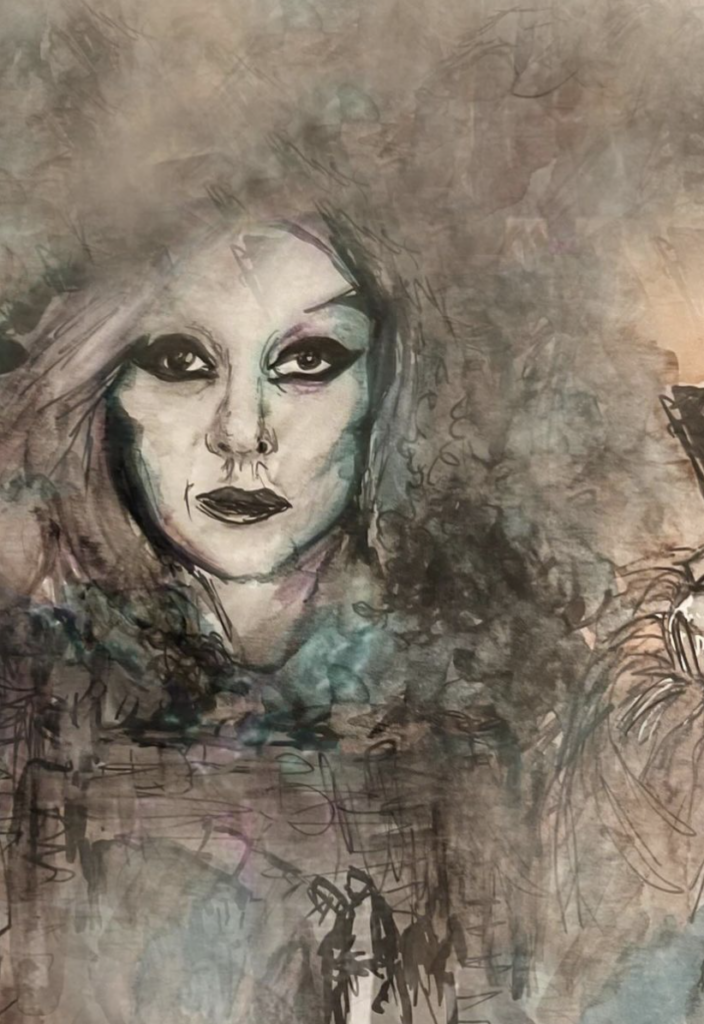
Chromatica is an imagined land that Gaga reaches after her battle through pain and trauma: it’s a conceptual and compassionate space that heals through love and art. It’s a place that we’ve longed for during our hardest times – but ultimately, Gaga shows that those battles don’t die or resolve, but she continues to live with them. For Gaga, she perseveres through the creation of Chromatica – the process of creating this body of art and her tireless belief that she would arrive at a place of healing. Ultimately, this is both the challenge and the power of art – the ability to understand and convey the most inarticulable experiences when words do not suffice
As she sang the heartwrenching encore “Hold My Hand’ to her hometown, she shared that it was the largest crowd that had ever purchased a ticket. As she leaped over flames and held her monster paw in the air, I realized that Chromatica is not only a rallying cry about her own healing, but a catalyst for all those who are suffering in solitude. Ultimately, she arrives at Chromatica because she creates something that encompasses what art is really about: a nonverbal language that conveys an experience when mere words do not suffice, that unites people, and that brings everybody to their own Chromatica.




